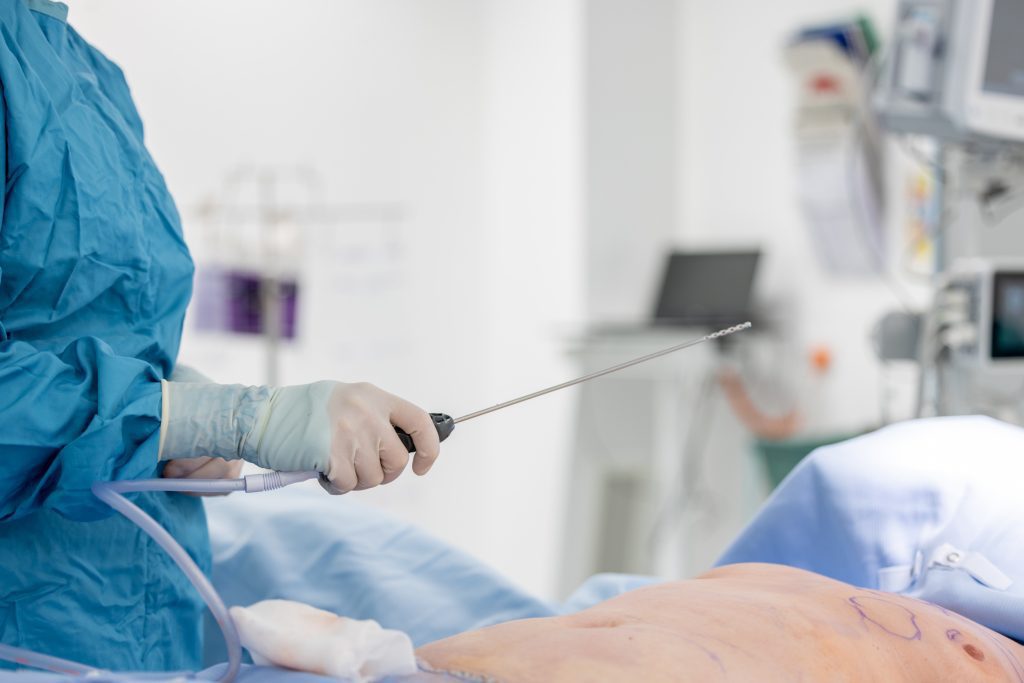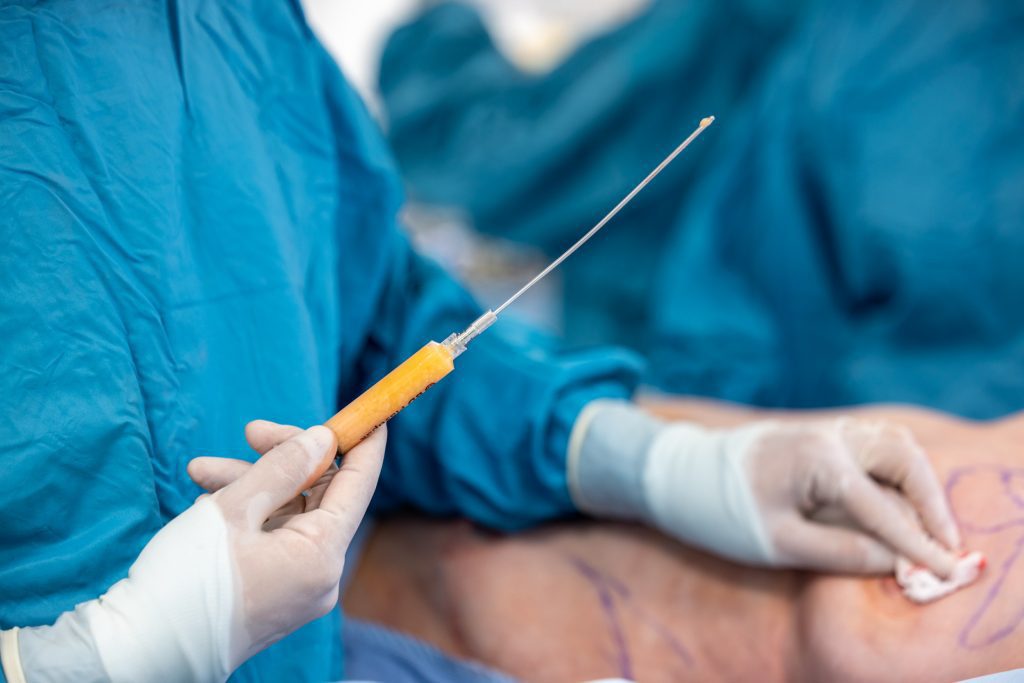
- What is lipofilling? Lipofilling, also known as fat transfer, is a technique for filling a void or creating volume using the patient's own fat. The fat is extracted using liposuction, and is then purified and reinjected. This method can be used for several applications on many parts of the body, whether for cosmetic or therapeutic reasons, such as: 1. Face (under the eyes, wrinkles, lips, etc.) 2. Breast enlargement 3. Breast reconstruction 4. Buttock lipofilling or Brazilian butt lift 5. Scar correction 6. Correction of osteoarthritis 7. Genital and reconstructive (gynaecological) surgery) 8. And many more
- What are the advantages of lipofilling? Lipofilling offers natural results for numerous surgical procedures. During a lipofilling operation (without implants), only the patient's own fat is used: no chemical or artificial products are needed. There's no "rejection" or inflammatory reaction, less risk of an allergic reaction, and the results are a lot more natural and long-lasting, with a smoother effect on the skin. Another advantage is that you get two procedures in one. First of all, because the first stage is liposuction, a larger or smaller quantity of fat will be removed, depending on your chosen procedure.
- Breast enlargement: can lipofilling be combined with an implant? Yes, this technique is known as composite breast augmentation. This delivers a more natural result than when implants are used on their own. Many surgeons suggest this solution to their patients. Fat transfer can be used either during the insertion of an implant, or simply to correct visual flaws in the implants. If the surgeon uses lipofilling to correct implant flaws, they can: ● Conceal irregular contours ● Bring breasts that are too far apart closer together ● Avoid the need to insert implants under the pectoral muscles, for more comfort and a more natural result ● Reduce the size of implants and achieve a more natural look and feel
- What happens after the lipofilling operation? The post-operative phase can vary, depending on the area treated, the method used, and the amount of fat removed and reinjected. Your surgeon will be able to explain this phase to you in detail. It's important to note that the lipofilling technique ensures less risk of an allergic reaction, no "rejection" problems or inflammatory reactions. Nevertheless, there may be some swelling during the first few days after the operation, which will disappear completely in 5 to 15 days. There may also be bruising of the grafted areas in the first few hours. It takes 10 to 20 days for these to gradually disappear.
- Are the results immediate? That depends on the procedure and the treated area. With cosmetic surgery, for example, it is advisable to wait for two to three weeks after the operation until bruises disappear before you can begin to appreciate the result. It can take around three to six months to fully appreciate the results.
- Is lipofilling permanent? In the case of cosmetic surgery, yes, the results are permanent. However, the reinjected fat will not prevent ageing of the skin, and is sensitive to changes in weight. In fact, the inserted adipose tissue remains alive and is naturally subject to weight changes. With breast enlargement, if a significant amount of weight is lost the breasts will decrease in size. On the other hand, the breasts may grow in size if a significant amount of weight is gained. A degree of stability in bodyweight is recommended in order to maintain a stable result.
- Can fat transfer be used to treat osteoarthritis? Nowadays, we can say that a transfer relieves osteoarthritis. Indeed, if the procedure is performed at the right time, the injection of processed fat will reduce the pain. To give you an example, one of Dr. Depaepe's patients was able to do a trail run 6 months after a fat transfer to his knee to relieve his osteoarthritis. However, to this day there is still no scientific proof or clinical study to prove that fat transfer can cure osteoarthritis.

